Water heaters can be seen in many apartments and houses today. Some people thus solve the problem of hot water supply all year round, while others simply do not like the fact that the water is turned off every summer. But, like any other complex technique, the boiler needs some maintenance. Even the highest quality models can become unusable over time due to the usual scale.
Moreover, both a storage water heater (boiler) and a flow-through one can break down. To prevent this from happening, you need to regularly carry out prevention (cleaning). But the services of specialists in such cases are very expensive. Therefore, many people are interested in how to descale the water heater yourself. Here are some helpful tips on how to cope with this job.
Content
Why and in what cases it is necessary to clean
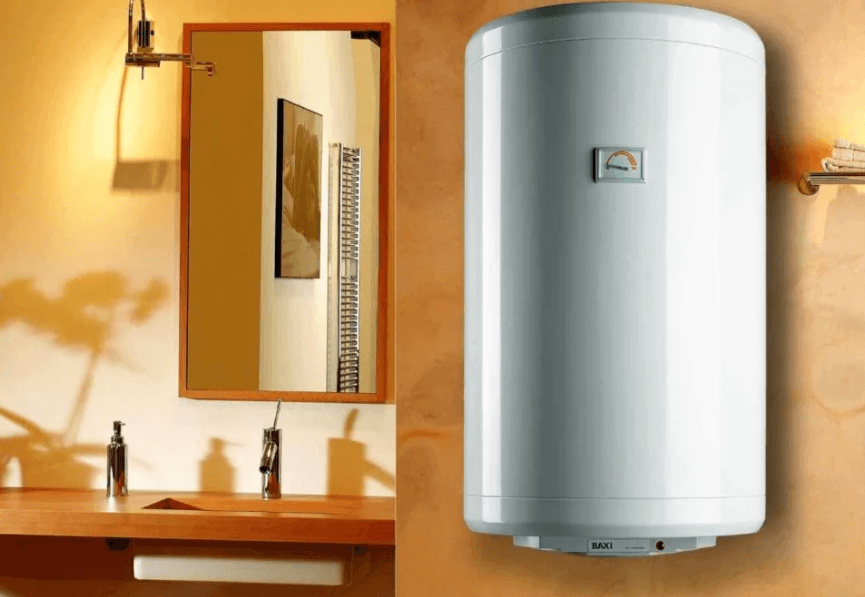
The first question is clear. Cleaning the water heater is necessary in order to get rid of scale. Otherwise, various unpleasant moments may occur - from a decrease in the effectiveness of equipment and ending with its failure. This is understandable to every person, even if he has not come across boilers.
A 1 mm thick layer of scale on the heating element leads to an increase in electricity consumption by 10% and overheating, which will eventually lead to the combustion of the heating element.
But not everyone knows how to determine that it is time to carry out the cleaning. Therefore, we will describe several “symptoms” that indicate the need to descale:
- The boiler turns on, and after a few minutes it turns off, without having time to heat the water.
- During operation, a barely noticeable noise appears (scale, which has settled on the bottom, scratches the walls of the tank).
- The water takes on an unpleasant odor and a yellowish tint.
- The water heating time is significantly increased.
- The electricity consumption of the water heater increases markedly.
If you observe at least some of these signs, then most likely the time has come to clean the water heater.
What tools and means will be needed
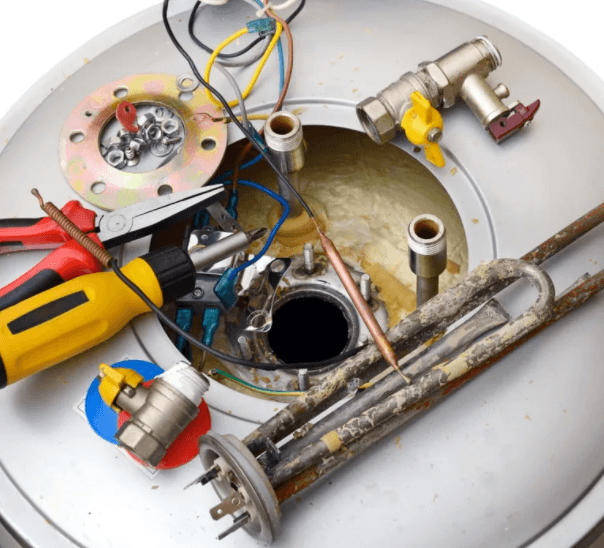
Coping with a job like cleaning a boiler is not as easy as we would like it to be. But you can handle it. The main thing is to stock up on the appropriate materials and tools. To figure it out
how to clean a water heater yourself you will need:
- Sandpaper
- Flat and Phillips screwdriver
- Wrench
- Pliers
- Rubber hose
Since the removal of scale from the insides of the heater is associated with the use of chemicals, it will not be superfluous to take care of protection. Gloves, eye protection and even a respirator are desirable. But in extreme cases, you can do without the latter - the main thing is to ensure good ventilation in the room.

Any specialized boiler cleaner can be used as a scale remover. It allows you to quickly clean the boiler yourself. You can find it in many stores.
Choose specifically specialized substances - universal solvents are not suitable, as they are aggressive and can damage rubber seals, which will inevitably lead to leaks.
If this is not possible, it can be successfully replaced by a citric acid solution.It is not difficult to prepare it - it is enough to dissolve 500 grams of powder in two liters of water.
Many owners of boilers prefer this particular option because of its environmental friendliness - the absence of complex chemical compounds that can harm human health is an important advantage.
Preparing a water heater for cleaning at home
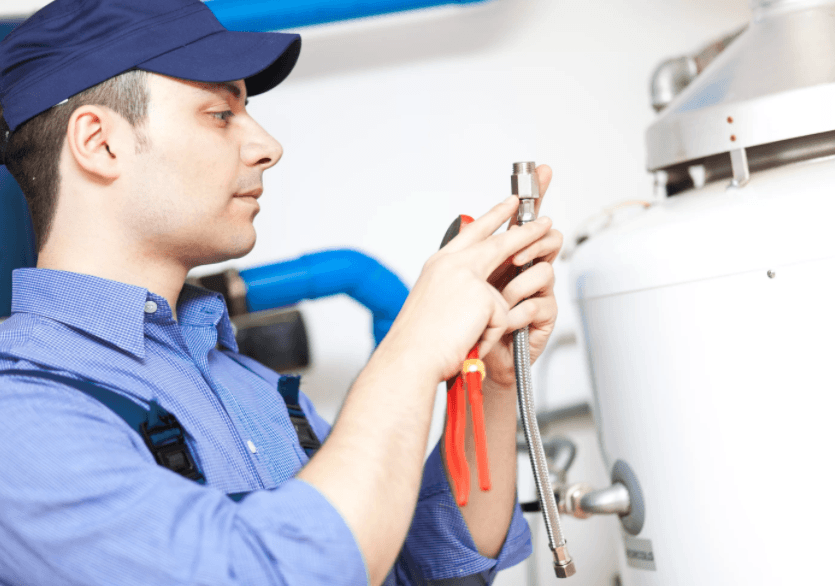
Now the hardest part of the job begins. You need to act not only confidently, but also carefully - any mistake can turn into the most unpleasant consequences both for the technique and for the home master himself. Let's describe in stages the whole process of preparing the boiler for cleaning:
- Disconnect the appliance from the mains by pulling out the plug from the socket or disconnecting the machine on which it is connected.
- Disconnect the water supply. It is not difficult to do this - it is enough to shut off the riser with cold water or the branch pipe leading to the boiler.
- Find a fitting through which hot water is discharged. Unscrew the pipe and attach a rubber hose to it by throwing it into a sink or tub.
- Unscrew the pipe through which cold water enters the water heater. Liquid will pour through the hole.
- Using a screwdriver, carefully remove the panel and then the power terminals.
- Disconnect the power and ground wires. To avoid confusion when connecting, mark them or take a photo.
- Unscrew the bolts and pull out the flange with the heating element.
In general, figuring out how to descale a boiler is not too difficult. If you prepare the tools in advance, act carefully and follow the instructions exactly, the risk of breakage is minimized.
Heating element cleaning
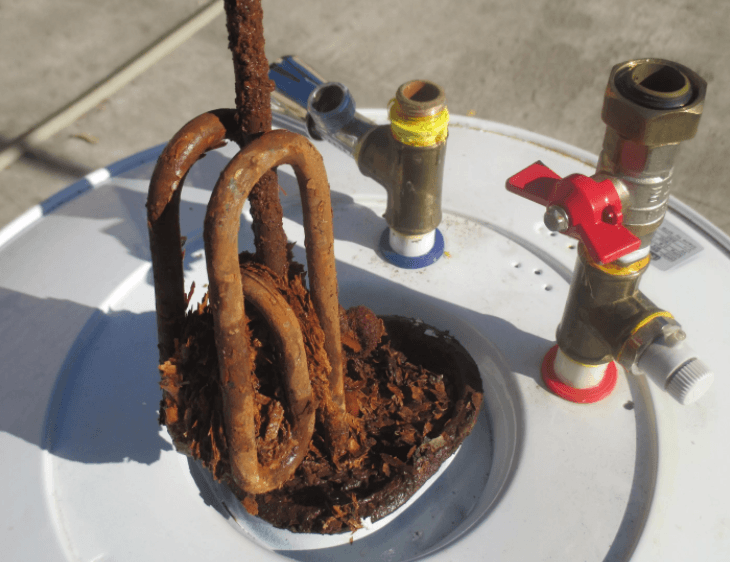
Cleaning the heating element is usually more troublesome than further work. Simply because this is where the most scale settles. Do not forget that you need to act carefully - a strong blow can damage the heating element - you will have to buy a new one, and it is not easy to find the necessary spare parts for all models of boilers.
In cases where cleaning has not been carried out for several years, and the water hardness is very high, a thick layer of salts forms on the surface of the heating element - up to 1 centimeter and even more. In this case, the storage boiler is mechanically descaled first.
It's easy to do - you need pliers. Gently squeeze the heating element with them - the scale crumbles well, the main thing is to prepare a garbage bag or other suitable container. Of course, you need to crimp carefully so as not to leave scratches and damage on the surface.
If the scale layer is much smaller - only two to three millimeters, then you can get by with the above-mentioned detergents or a citric acid solution. However, even if mechanical cleaning was carried out first, chemical cleaning will not hurt either.
Everything is quite simple here - you need to lower the heating element in the selected product and leave it for several hours, or you can use boiling water with citric acid, this will speed up the process at times. Check its surface from time to time - as soon as the scale is completely gone, immediately remove the heater and rinse thoroughly with running water. If you overexpose heating elements in acid, this can lead to the development of corrosion.
If a dry heating element is used in a water heater, then in order to clean it, you should resort only to a chemical procedure - the pressure from the pliers, or just mechanical stress, may well damage the ceramic product.
We clean the water tank
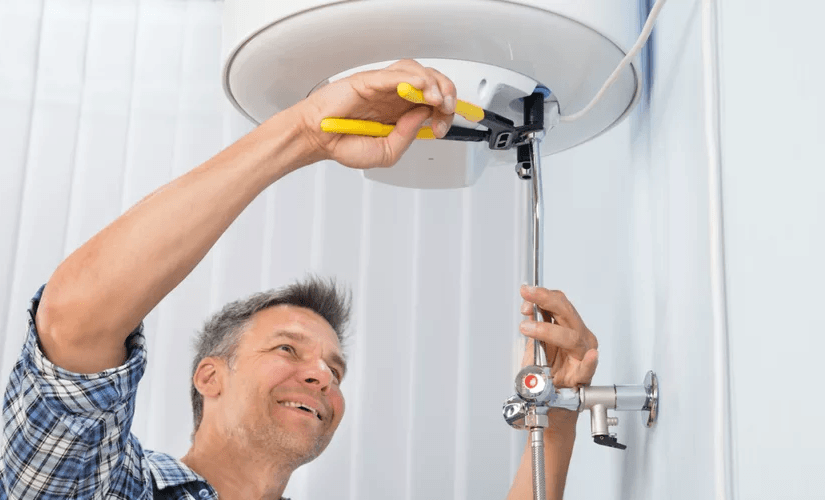
Although much less scale settles on the surface of the boiler tank than on the heater, this does not mean that it can not be cleaned.
First, mucus appears here over time. Secondly, if the water is hard enough, plaque will appear here too. Mucus can be easily removed with a regular hard sponge. The main thing is not to use abrasive substances (soda, powders) and a metal brush under any circumstances. The slightest damage over time can lead to equipment failure.
Scale is removed in much the same way as from the heating element of a water heater - using citric acid or vinegar essence.If you use the latter, then it is enough to dilute it in a proportion of 2 teaspoons per liter of water. Pour the solution into the boiler tank and leave it overnight. Then drain the contents and rinse the tank thoroughly with cold water.
Assembling the water heater
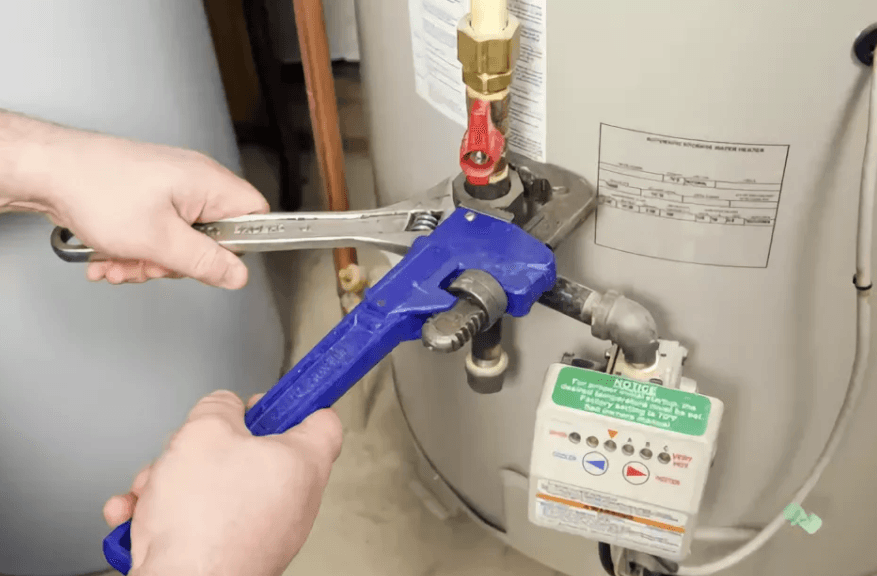
In general, the procedure resembles disassembly, only it is performed in the reverse order.Before starting work, thoroughly descale the rubber gasket. Dry the relay together with the heating element in a warm, dry place - in the sun or on a battery. After that, proceed with the assembly.
- Put the heating element back in place and screw in the bolts that secure it. They need to be screwed in crosswise so that it enters as tightly as possible, without cracks.
- Reattach the wires - a timely photo or marking will help here.
- Install the cover and secure with self-tapping screws.
- Connect cold and hot water pipes to the boiler.
That's all. Now all that remains is to open the riser with cold water, fill the boiler, heat the water, drain it and you can enjoy all the benefits of civilization.
Before installing the protective cap, fill the tank with water and make sure there are no leaks from under the sealing gum.
Recommendations for correct use and care
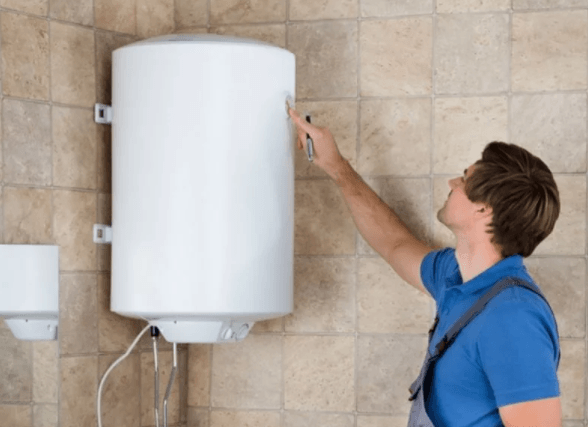
Any owner will agree that descaling the surface of the boiler and heating element is not the most pleasant job. Fortunately, there are several ways to do it much less frequently. Let's briefly describe them:
- Install a filter to protect the boiler from scale.
- Heat the water to the extreme temperature to disinfect it.
- If the water heater is not used for a long time, at least once every couple of months, pass 80-100 liters of water through it to avoid the appearance of an unpleasant odor.
- Choose a boiler with a copper heater - this increases the heating rate of the water and reduces the rate of scale settling.
Having remembered these simple rules, you can clean the boiler no more than once a year, even with rather hard water.
Watch the video how to clean the boiler at home
Conclusion
As you can see, figuring out how to descale a water heater at home is not so easy, but it is quite possible if you approach this task with intelligence and sufficient judgment. Acting in stages and without deviating from the instructions, even a beginner who has never encountered such a problem before will easily get the job done. Now, if necessary, you can repeat the procedure at any time without spending money on paying for the services of specialists.



